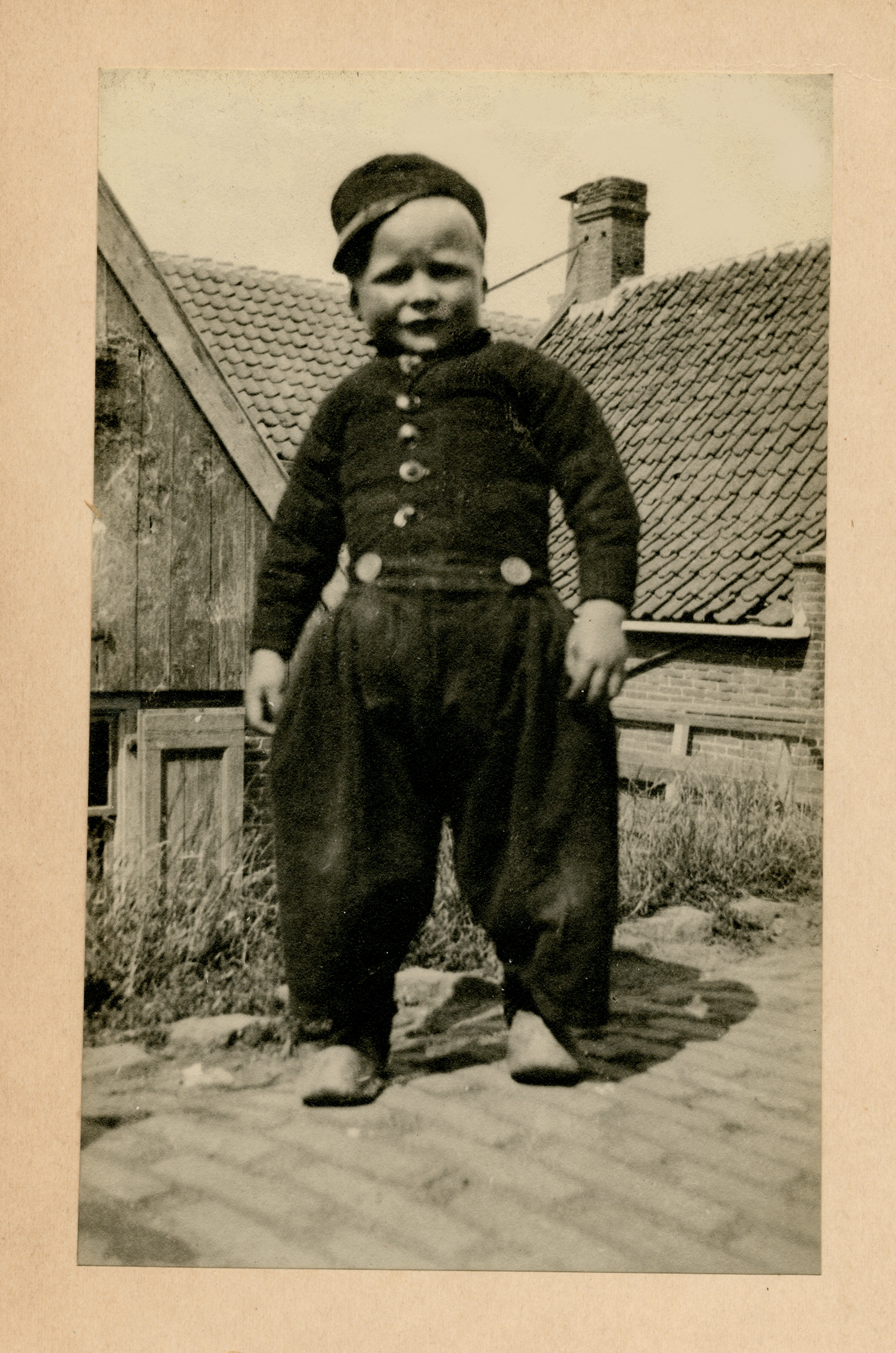“David Foster Wallace was the one who actually called Updike an asshole in print … but I felt the same way. If you’d suggested that I envied Updike for his unobstructed productivity, or for all the women he got to go to bed with him (and then wrote about in graphic detail), I would only have restated my moral case more trenchantly.”
In our Fall issue Jonathan Franzen grapples with Karl Kraus (and his own younger self); Lydia Davis solves the mystery of the “Giant Dutch Boy”; interviews with Ursula K. Le Guin and Emmanuel Carrère; fiction by Ottessa Moshfegh; poems by Charles Simic and Dan Chiasson—and we haven’t even put the issue to bed yet!
Enjoy the preview below—and subscribe today to receive a full year of The Paris Review.
___________________________________________________________
“Against Heine,” Karl Kraus
Jonathan Franzen
David Foster Wallace was the one who actually called Updike an asshole in print (in the New York Observer), but I felt the same way. If you’d suggested that I envied Updike for his unobstructed productivity, or for all the women he got to go to bed with him (and then wrote about in graphic detail), I would only have restated my moral case more trenchantly. Later on, after Updike ceased to seem like such a threat, I went through a period of feeling deeply censorious of Philip Roth, because he didn’t seem to care about his many glaring technical deficiencies as a fiction writer, and because his admirers didn’t seem to, either … Naturally, I believed that I was merely sticking up for vital aesthetic virtues—a fiction writer ought to be able to write good dialogue, create convincing and well-rounded female characters, and let a story tell itself without discursive intrusions—but these “vital” virtues happened to coincide with some of my own abilities as a fiction writer. To make my moral case against Roth, I had to ignore or downplay other plausible virtues, most notably Roth’s heroic fearlessness of his readers’ moral judgments, because I subterraneanly envied his fearlessness and wanted people to pay attention to me and not him.
Portfolio of Dutch Scenes
Lydia Davis

Dutch boy, Volendam. This boy in typical Volendam dress, with his wide trousers, silver buttons, tilted visored cap, and klompen (clogs), may be the most stereotypically Dutch of these images. But one peculiar feature of the photo is that because the brick-paved roadway on which he stands is well above the level of the house behind him, and the photographer is very close to him, he appears to be the “Giant Dutch Boy.”